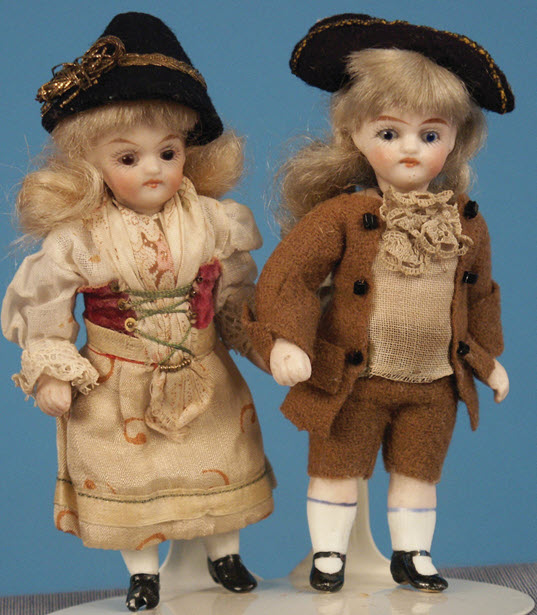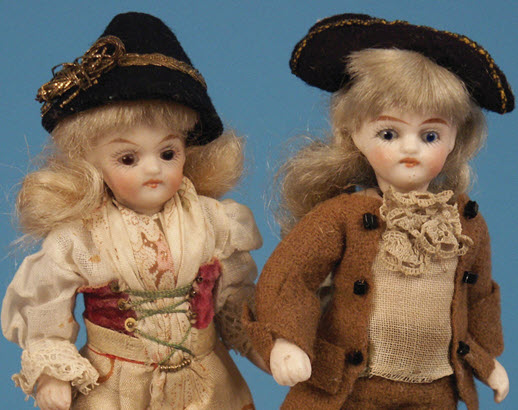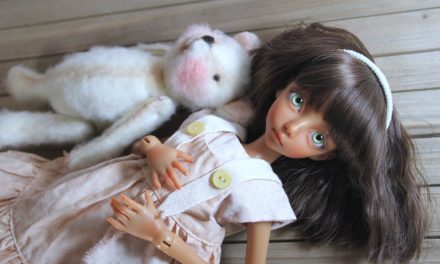By Jan Foulke
Photos courtesy of Foulke Archives
Q: I found a pair of little all-bisque dolls at an antique shop. They are about 4 inches tall and are marked 31-10, no maker’s name. The seller didn’t know anything about them except that they were in a box of vintage handkerchiefs at a house sale. None of my doll club members could identify them. Can you help me?

Have a website login already? Log in and start reading now.
Never created a website login before? Find your Customer Number (it’s on your mailing label) and register here.
JOIN HERE
Still have questions? Contact us here.







